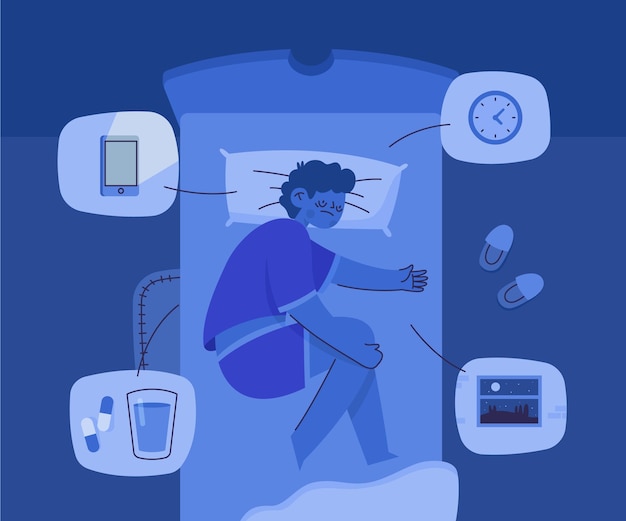If you're struggling with back pain and trying to improve your mobility, you're not alone. Millions face daily discomfort that limits movement, energy, and quality of life. While many commit to stretching, exercise, or online programs, progress often stalls — not because of lack of effort, but because of common, overlooked mistakes.
The good news? You can start fast, stay consistent, and see measurable results — even with chronic back pain. But first, you need to identify and correct the hidden pitfalls sabotaging your efforts.
Mobility isn't just about flexibility. It's the ability to move freely, safely, and efficiently through a full range of motion. For people with back pain, poor mobility often leads to stiffness, muscle imbalances, and compensatory movements that worsen discomfort over time.
Improving mobility helps reduce nerve tension, improve posture, and restore functional movement. But without the right approach, even well-intentioned efforts can backfire.
Jumping straight into stretches or exercises without warming up increases injury risk. Cold muscles resist movement, especially in those with back pain. Always start with light aerobic activity like walking or gentle joint circles.

Forced or ballistic stretching can inflame sensitive tissues in the lower back. Focus on slow, controlled movements and avoid pushing into pain. Discomfort is a signal — not a goal.
Mobility without stability leads to joint strain. A weak core forces the lower back to overcompensate. Include gentle core activation exercises like pelvic tilts or dead bugs early in your routine.
Slouching at your desk, improper lifting, or prolonged sitting undo mobility work. Address ergonomics and body mechanics throughout the day to support progress.

Mobility improvements require consistency. Doing a long session once a week won’t cut it. Aim for 10–15 minutes daily, even on busy days.
If you’re not measuring results, you can’t know what’s working. Track simple metrics like forward bend range, sitting tolerance, or pain levels weekly to stay motivated and adjust your plan.
Tight hips, hamstrings, or thoracic spine often contribute to back strain. A full-body approach ensures balanced mobility and reduces compensatory stress.
Not all mobility exercises are safe for back pain. Avoid deep twists, sit-ups, or high-impact movements unless approved by a professional. Stick to evidence-based, low-load movements.
Breath control is crucial. Holding your breath increases intra-abdominal pressure, which can aggravate back pain. Practice diaphragmatic breathing throughout your routine.
Mobility improvements take time, especially with chronic pain. Set realistic expectations and celebrate small wins — like standing taller or bending easier.
Overtraining leads to inflammation and setbacks. Allow time for tissues to adapt. Gentle movement is fine, but avoid aggressive sessions every day.
During flare-ups, switch to pain-free movements like gentle walking or supine pelvic tilts. Pushing through pain delays healing and reinforces negative movement patterns.
While massage or heat can help, long-term improvement comes from active movement. Passive therapies should complement — not replace — your mobility program.
Sleep deprivation and chronic stress increase muscle tension and pain sensitivity. Prioritize 7–8 hours of sleep and incorporate relaxation techniques like mindfulness or gentle yoga.

Random stretching isn’t enough. Follow a structured mobility program designed for back pain, with progressive stages, clear instructions, and weekly check-ins to stay on track.
Begin with a simple 10-minute daily routine focusing on breathing, core activation, and gentle joint mobility. Use a journal or app to log your pain level, range of motion, and mood each week.
Join a guided program tailored for back pain — one that emphasizes safety, progression, and accountability. Weekly assessments help you adjust and stay motivated.
Remember: Small, consistent actions lead to lasting change. Don’t aim for perfection — aim for progress.

Wellness

Wellness

Wellness

Wellness

Health

Health

Wellness

Wellness

Fitness

Fitness

Fitness

Fitness

Health

Fitness

Health

Health